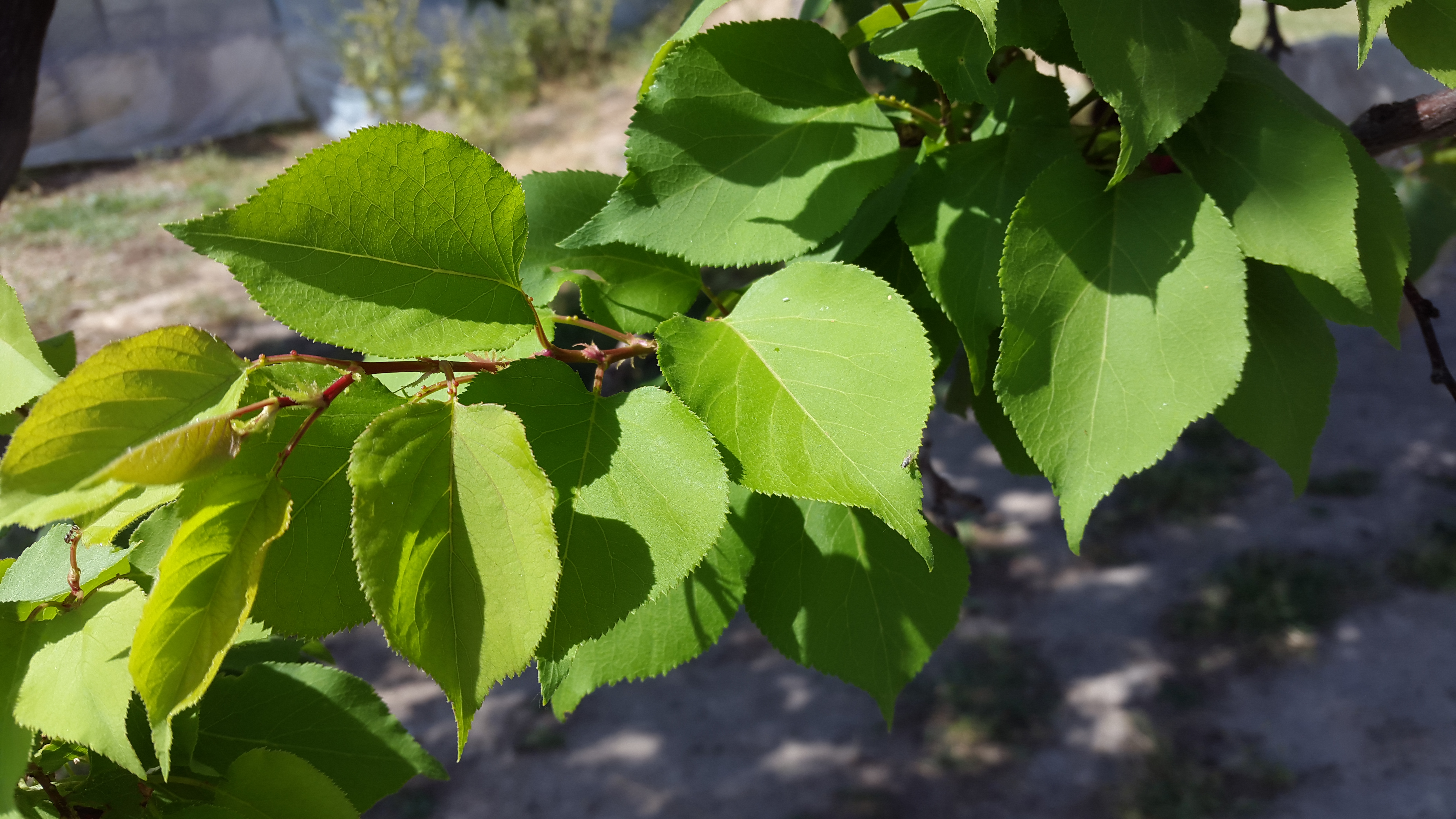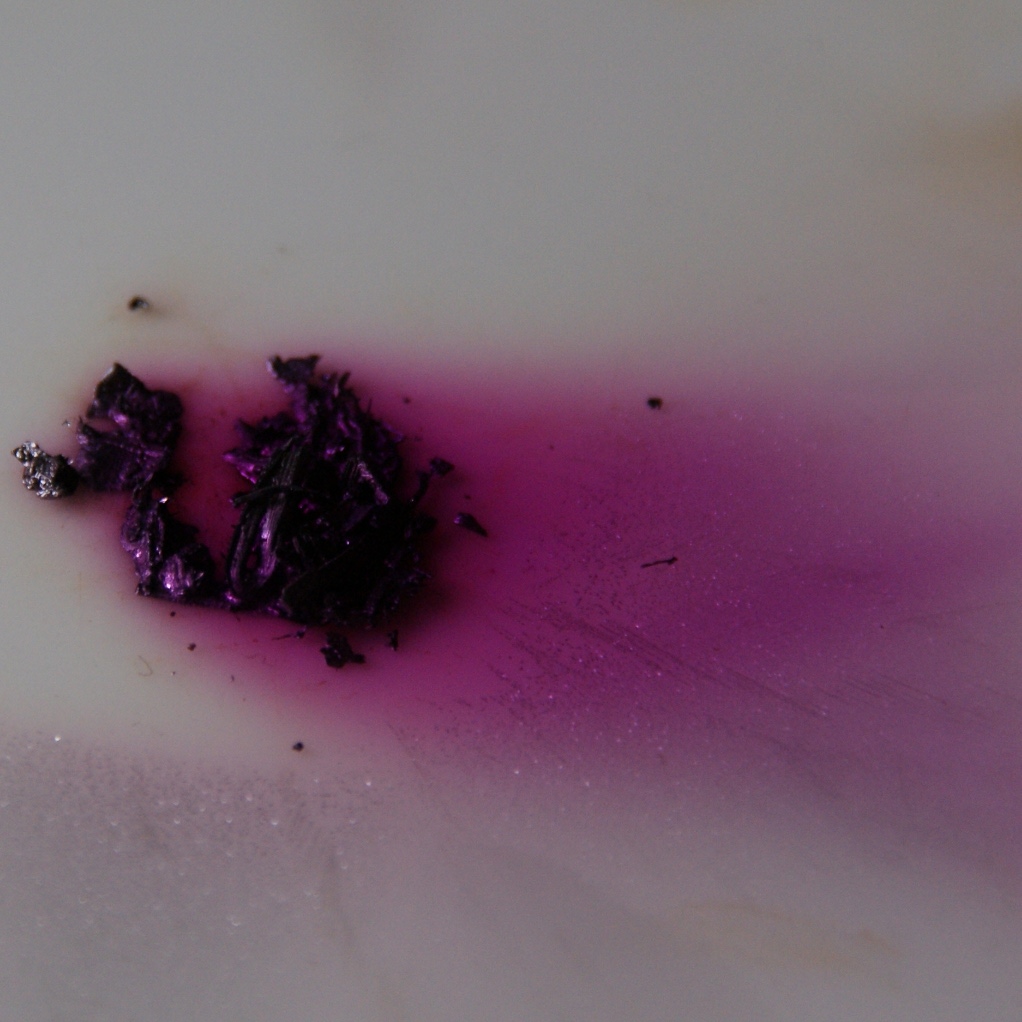|
Persipan
Persipan (from ''Persicus'' (peach) and ''marzipan''; also known as Parzipan) is a material used in confectionery. It is similar to marzipan but, instead of almonds, is made with apricot or peach kernels. Persipan consists of 40% ground kernels and 60% sugar. The kernels have a strong bitter flavour caused by the presence of amygdalin, a toxic cyanogenic glycoside which has to be detoxified before the kernels can be used. The cores are normally not used otherwise, originally making persipan lower-priced than marzipan. It also has a somewhat different taste. Persipan often contains 0.5% starch so that it can be easily differentiated from marzipan with an iodine test. Persipan is generally used in confectionery in place of marzipan and as an ingredient of pastry Pastry refers to a variety of Dough, doughs (often enriched with fat or eggs), as well as the sweet and savoury Baking, baked goods made from them. The dough may be accordingly called pastry dough for clarity. Sweete ... [...More Info...] [...Related Items...] OR: [Wikipedia] [Google] [Baidu] |
Dominostein
A ''Dominostein'' (meaning ''Dominoes, domino tile'', plural ''Dominosteine'') is a confection primarily sold during Christmas season in German cuisine, Germany and Austrian cuisine, Austria. It is a layered confection, related to the ''Mille-feuille'', opera cake, Punschkrapfen, and Jaffa Cakes. ''Dominostein'' has a base of ''Lebkuchen'' (gingerbread), a middle layer of Fruit preserves, jelly (e.g. from sour cherry, sour cherries or apricots), and a top layer of marzipan or persipan. It is enveloped in (typically) dark chocolate. History The ''Dominostein'' was invented in 1936 by Herbert Wendler (1912–1998) in Dresden. Because of the food shortage during World War II, he intended it as a lower-priced alternative to his more expensive praline (nut confection), pralines. It became popular as a ''Notpraline'' (hardship praline or emergency praline). Wendler's original recipe used ''Pulsnitzer Pfefferkuchen'' (gingerbread from Pulsnitz). Wendler's factory was destroyed in Wo ... [...More Info...] [...Related Items...] OR: [Wikipedia] [Google] [Baidu] |
Peach
The peach (''Prunus persica'') is a deciduous tree first domesticated and Agriculture, cultivated in China. It bears edible juicy fruits with various characteristics, most called peaches and the glossy-skinned, non-fuzzy varieties called nectarines. Peaches and #Nectarines, nectarines are the same species, though they are regarded commercially as different fruits. The tree is regarded as handsome and is planted in gardens for its springtime blooms in addition to fruit production. The peach tree is relatively short lived, usually not exceeding twenty years of age. However, the peach fruit is regarded as a symbol of longevity in several East Asian cultures. The specific name ''persica'' refers to its widespread cultivation in Persia (modern-day Iran), from where it was transplanted to Europe and in the 16th century to the Americas. It belongs to the genus ''Prunus'', which also includes the cherry, apricot, almond, and plum, and which is part of the Rosaceae, rose family. The p ... [...More Info...] [...Related Items...] OR: [Wikipedia] [Google] [Baidu] |
Germany
Germany, officially the Federal Republic of Germany, is a country in Central Europe. It lies between the Baltic Sea and the North Sea to the north and the Alps to the south. Its sixteen States of Germany, constituent states have a total population of over 84 million in an area of , making it the most populous member state of the European Union. It borders Denmark to the north, Poland and the Czech Republic to the east, Austria and Switzerland to the south, and France, Luxembourg, Belgium, and the Netherlands to the west. The Capital of Germany, nation's capital and List of cities in Germany by population, most populous city is Berlin and its main financial centre is Frankfurt; the largest urban area is the Ruhr. Settlement in the territory of modern Germany began in the Lower Paleolithic, with various tribes inhabiting it from the Neolithic onward, chiefly the Celts. Various Germanic peoples, Germanic tribes have inhabited the northern parts of modern Germany since classical ... [...More Info...] [...Related Items...] OR: [Wikipedia] [Google] [Baidu] |
Apricot
An apricot (, ) is a fruit, or the tree that bears the fruit, of several species in the genus ''Prunus''. Usually an apricot is from the species '' P. armeniaca'', but the fruits of the other species in ''Prunus'' sect. ''Armeniaca'' are also called apricots. In 2022, world production of apricots was 3.9 million tonnes, led by Turkey with 21% of the total. Etymology ''Apricot'' first appeared in English in the 16th century as ''abrecock'' from the Middle French or later , from Spanish '' albaricoque'' and Catalan , in turn from Arabic (, ), from Byzantine Greek (, ), derived from late Greek (, ) from Latin () (, ). Description The apricot is a small tree, tall, with a trunk up to in diameter and a dense, spreading canopy. The leaves are ovate, long, and wide, with a rounded base, a pointed tip, and a finely serrated margin. The flowers are in diameter, with five white to pinkish petals; they are produced singly or in pairs in early spring before the leaves. T ... [...More Info...] [...Related Items...] OR: [Wikipedia] [Google] [Baidu] |
Sugar
Sugar is the generic name for sweet-tasting, soluble carbohydrates, many of which are used in food. Simple sugars, also called monosaccharides, include glucose Glucose is a sugar with the Chemical formula#Molecular formula, molecular formula , which is often abbreviated as Glc. It is overall the most abundant monosaccharide, a subcategory of carbohydrates. It is mainly made by plants and most algae d ..., fructose, and galactose. Compound sugars, also called disaccharides or double sugars, are molecules made of two bonded monosaccharides; common examples are sucrose (glucose + fructose), lactose (glucose + galactose), and maltose (two molecules of glucose). White sugar is almost pure sucrose. In the body, compound sugars are hydrolysed into simple sugars. Longer chains of monosaccharides (>2) are not regarded as sugars and are called oligosaccharides or polysaccharides. Starch is a glucose polymer found in plants, the most abundant source of energy in human foo ... [...More Info...] [...Related Items...] OR: [Wikipedia] [Google] [Baidu] |
Marzipan
Marzipan is a confectionery, confection consisting primarily of sugar and almond meal (ground almonds), sometimes augmented with almond oil or extract. It is often made into Confectionery, sweets; common uses are chocolate-covered marzipan and small marzipan imitations of fruits and vegetables. It can also be used in biscuits or rolled into thin sheets and glazed for icing cakes, primarily birthday cakes, wedding cakes and Christmas cakes. Marzipan may also be used as a baking ingredient, as in stollen or banket (food), banket. In some countries, it is shaped into small figures of animals as a traditional treat for New Year's Day or Christmas. Marzipan is also used in Roscón, Tortell, and in some versions of king cake eaten during the Carnival season. Around the world Europe The Geographical indications and traditional specialities in the European Union recognize two marzipans in Europe: one in Toledo (Spain) and one in Lübeck (Germany). Southern Europe In Spain, ma ... [...More Info...] [...Related Items...] OR: [Wikipedia] [Google] [Baidu] |
Confectionery
Confectionery is the Art (skill), art of making confections, or sweet foods. Confections are items that are rich in sugar and carbohydrates, although exact definitions are difficult. In general, however, confections are divided into two broad and somewhat overlapping categories: baker's confections and sugar confections. Baker's confectionery, also called flour confections, includes principally sweet pastries, cakes, and similar Baking, baked goods. Baker's confectionery excludes everyday Bread, breads, and thus is a subset of products produced by a baker. Sugar confectionery includes candies (also called ''sweets'', short for ''sweetmeats'', in many English-speaking countries), candied nuts, chocolates, chewing gum, bubble gum, pastillage, and other confections that are made primarily of sugar. In some cases, chocolate confections (confections made of chocolate) are treated as a separate category, as are sugar-free versions of sugar confections. The words ''candy'' (Canada ... [...More Info...] [...Related Items...] OR: [Wikipedia] [Google] [Baidu] |
Apricot
An apricot (, ) is a fruit, or the tree that bears the fruit, of several species in the genus ''Prunus''. Usually an apricot is from the species '' P. armeniaca'', but the fruits of the other species in ''Prunus'' sect. ''Armeniaca'' are also called apricots. In 2022, world production of apricots was 3.9 million tonnes, led by Turkey with 21% of the total. Etymology ''Apricot'' first appeared in English in the 16th century as ''abrecock'' from the Middle French or later , from Spanish '' albaricoque'' and Catalan , in turn from Arabic (, ), from Byzantine Greek (, ), derived from late Greek (, ) from Latin () (, ). Description The apricot is a small tree, tall, with a trunk up to in diameter and a dense, spreading canopy. The leaves are ovate, long, and wide, with a rounded base, a pointed tip, and a finely serrated margin. The flowers are in diameter, with five white to pinkish petals; they are produced singly or in pairs in early spring before the leaves. T ... [...More Info...] [...Related Items...] OR: [Wikipedia] [Google] [Baidu] |
Amygdalin
Amygdalin (from Ancient Greek: ' 'almond') is a naturally occurring chemical compound found in many plants, most notably in the seeds (kernels, pips or stones) of apricots, bitter almonds, apples, peaches, cherries and plums, and in the roots of manioc. Amygdalin is classified as a cyanogenic glycoside, because each amygdalin molecule includes a nitrile group, which can be released as the toxic cyanide anion by the action of a beta-glucosidase. Eating amygdalin will cause it to release cyanide in the human body, and may lead to cyanide poisoning. Since the early 1950s, both amygdalin and a chemical derivative named ''laetrile'' have been promoted as alternative cancer treatments, often under the misnomer vitamin B17 (neither amygdalin nor laetrile is a vitamin). Scientific study has found them to not only be clinically ineffective in treating cancer, but also potentially toxic or lethal when taken by mouth due to cyanide poisoning. The promotion of laetrile to treat cancer ... [...More Info...] [...Related Items...] OR: [Wikipedia] [Google] [Baidu] |
Cyanogenic Glycoside
In chemistry, a glycoside is a molecule in which a sugar is bound to another functional group via a glycosidic bond. Glycosides play numerous important roles in living organisms. Many plants store chemicals in the form of inactive glycosides. These can be activated by enzyme hydrolysis, which causes the sugar part to be broken off, making the chemical available for use. Many such plant glycosides are used as medications. Several species of ''Heliconius'' butterfly are capable of incorporating these plant compounds as a form of chemical defense against predators. In animals and humans, poisons are often bound to sugar molecules as part of their elimination from the body. In formal terms, a glycoside is any molecule in which a sugar group is bonded through its anomeric carbon to another group via a glycosidic bond. Glycosides can be linked by an O- (an ''O-glycoside''), N- (a ''glycosylamine''), S-(a ''thioglycoside''), or C- (a ''C-glycoside'') glycosidic bond. According to the ... [...More Info...] [...Related Items...] OR: [Wikipedia] [Google] [Baidu] |
Starch
Starch or amylum is a polymeric carbohydrate consisting of numerous glucose units joined by glycosidic bonds. This polysaccharide is produced by most green plants for energy storage. Worldwide, it is the most common carbohydrate in human diets, and is contained in large amounts in staple foods such as wheat, potatoes, maize (corn), rice, and cassava (manioc). Pure starch is a white, tasteless and odorless powder that is insoluble in cold water or Alcohol (chemistry), alcohol. It consists of two types of molecules: the linear and helix, helical amylose and the branched amylopectin. Depending on the plant, starch generally contains 20 to 25% amylose and 75 to 80% amylopectin by weight. Glycogen, the energy reserve of animals, is a more highly branched version of amylopectin. In industry, starch is often converted into sugars, for example by malting. These sugars may be fermentation, fermented to produce ethanol in the manufacture of beer, whisky and biofuel. In addition, sugars ... [...More Info...] [...Related Items...] OR: [Wikipedia] [Google] [Baidu] |
Iodine Test
Iodine is a chemical element; it has symbol I and atomic number 53. The heaviest of the stable halogens, it exists at standard conditions as a semi-lustrous, non-metallic solid that melts to form a deep violet liquid at , and boils to a violet gas at . The element was discovered by the French chemist Bernard Courtois in 1811 and was named two years later by Joseph Louis Gay-Lussac, after the Ancient Greek , meaning 'violet'. Iodine occurs in many oxidation states, including iodide (I−), iodate (), and the various periodate anions. As the heaviest essential mineral nutrient, iodine is required for the synthesis of thyroid hormones. Iodine deficiency affects about two billion people and is the leading preventable cause of intellectual disabilities. The dominant producers of iodine today are Chile and Japan. Due to its high atomic number and ease of attachment to organic compounds, it has also found favour as a non-toxic radiocontrast material. Because of the specifici ... [...More Info...] [...Related Items...] OR: [Wikipedia] [Google] [Baidu] |






